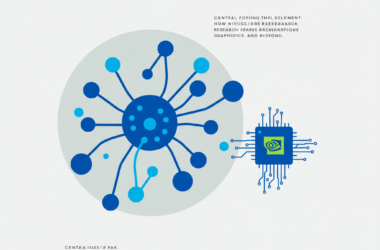
Buzz Solutions is transforming how utility companies safeguard and maintain the electric grid by harnessing advanced vision AI technology. With reliability being paramount, especially when managing demand surges and preventing issues that could lead to outages or wildfires, the company’s innovations are addressing a critical industry need.
Operating as a member of the NVIDIA Inception program, Buzz Solutions utilizes artificial intelligence to comb through extensive inspection data gathered from drones and helicopters. Their proprietary machine learning algorithms are engineered to spot potential issues, such as rust, mechanical faults, vegetation encroachment, and even unwelcome wildlife, before they escalate into serious problems.
CEO and cofounder Kaitlyn Albertoli recently explained how their technology is expediting the detection of infrastructure vulnerabilities. One of the company’s flagship solutions, PowerGUARD, is a container-based application that analyzes real-time video streams from substation cameras. This tool not only identifies concerns related to security and safety but also detects fire, smoke, and equipment malfunctions. Once an issue is detected, it promptly annotates the footage and sends alerts via email or updates a centralized dashboard, enabling swift action.
PowerGUARD leverages the capabilities of the NVIDIA DeepStream software development kit, which is instrumental in processing and inferring video data for timely analytics. The solution is designed to run within the NVIDIA Metropolis framework on the NVIDIA Jetson edge AI platform or can be deployed through cloud-based virtual machines. This flexibility enhances overall performance, reduces costs, and significantly cuts down response times.
Albertoli expressed optimism about the growing impact of artificial intelligence in the utility sector, emphasizing that the technology is beginning to unlock real value by allowing rapid responses rather than lengthy manual reviews. According to her, the current innovations are merely the starting point of a broader revolution within energy infrastructure management.







